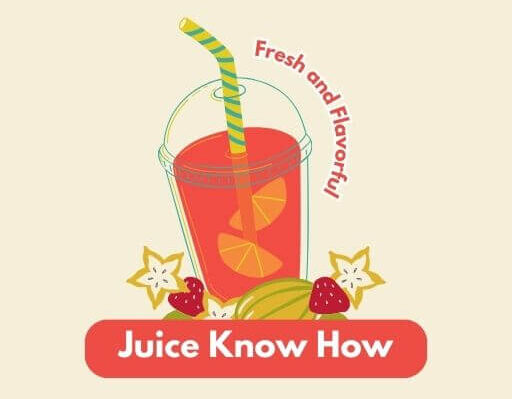Lemon juice, that bright and tangy liquid, is a staple in kitchens and bars around the world. From adding a zing to your favorite recipes to mixing up refreshing cocktails, its uses are endless. But have you ever stopped to wonder, “How much is half an ounce of lemon juice, really?” It might seem like a trivial question, but understanding this small measurement can make a big difference in your culinary creations.
Why the Fuss About Half an Ounce?
In the world of cooking and mixology, precision is key. A slight imbalance in ingredients can throw off the entire flavor profile of a dish or drink. Half an ounce of lemon juice can be the magic touch that elevates a simple recipe to something extraordinary. It’s the difference between a bland salad dressing and one that makes your taste buds sing, or between a flat cocktail and a perfectly balanced one.
Visualizing Half an Ounce
Okay, so half an ounce of lemon juice is important, but what does it actually look like? For those of us who don’t have measuring tools handy, here’s a practical guide:
- In tablespoons: Half an ounce is equivalent to one tablespoon of lemon juice.
- In teaspoons: If you’re thinking smaller, it’s about three teaspoons.
- Eyeballing it: If you’re pouring straight from a bottle, half an ounce is roughly the amount that fills one-sixth of a standard shot glass.
The Lemon Juice Landscape: Fresh vs. Bottled
When it comes to lemon juice, you have two main options: fresh and bottled. Both have their pros and cons, and understanding the differences can help you make the best choice for your needs.
#### Freshly Squeezed Lemon Juice
- Pros:
- Superior Flavor: Fresh lemon juice has a brighter, more vibrant flavor than its bottled counterpart. The natural oils in the lemon peel add complexity and aroma that you just can’t get from a bottle.
- Nutritional Value: Fresh lemons are packed with Vitamin C and phytonutrients, offering health benefits beyond just flavor.
- Cons:
- Inconvenience: Squeezing lemons takes time and effort. You also have to deal with seeds and pulp.
- Shelf Life: Fresh lemon juice degrades quickly. It will lose its flavor and nutritional value within a day or two, even when refrigerated.
#### Bottled Lemon Juice
- Pros:
- Convenience: Bottled lemon juice is readily available and can be stored for months without spoiling. It’s a great option for those times when you need lemon juice in a pinch.
- Consistency: Bottled lemon juice offers a consistent flavor profile, which can be important for certain recipes.
- Cons:
- Inferior Flavor: Compared to fresh lemon juice, the bottled stuff can taste a bit flat and artificial. Some brands contain preservatives that can affect the flavor.
- Nutritional Value: Bottled lemon juice may have less Vitamin C and fewer phytonutrients than fresh lemon juice.
How to Squeeze the Most From Your Lemons
If you’re opting for fresh lemon juice, here are some tips to maximize your yield:
- Choose the Right Lemons: Look for lemons that are heavy for their size and have smooth, thin skin. These lemons tend to be juicier.
- Warm It Up: Before squeezing, microwave the lemon for 15-20 seconds or roll it firmly on the countertop. This helps to release the juices.
- Use the Right Tool: A good lemon reamer or citrus press can make the job much easier. You can also use tongs.
- Strain It: Use a fine-mesh sieve to strain the juice and remove any seeds or pulp.
The Half-Ounce Advantage: Recipes Where It Shines
So, now that you know how much half an ounce of lemon juice is and how to get the best quality juice, let’s explore some recipes where this measurement can truly shine:
- Salad Dressings: A classic vinaigrette often calls for a balance of oil, vinegar, and lemon juice. Half an ounce can provide the perfect amount of acidity to brighten up the flavors.
- Cocktails: From a refreshing Tom Collins to a zesty Margarita, many cocktails rely on lemon juice for balance. Half an ounce can add that essential tartness without overpowering the other ingredients.
- Marinades: Lemon juice is a fantastic tenderizer and flavor enhancer for meats and vegetables. Half an ounce can help to create a marinade that is both flavorful and effective.
- Sauces: A squeeze of lemon juice can elevate a simple pan sauce or cream sauce. Half an ounce can add a touch of brightness that complements the other flavors.
- Lemonade: The base of any good lemonade is lemon juice. Adjust the amount to reach your desired sweetness.
Bottled Lemon Juice Brands to Know
If you prefer the convenience of bottled lemon juice, here are a couple of brands to consider:
- ReaLemon: A classic choice, ReaLemon is made from concentrate and offers a consistent flavor. It’s widely available and affordable.
- Orchid Island Juice: For those seeking a more natural option, Orchid Island offers pure lemon juice with no preservatives or additives.
Final Thoughts: Embrace the Zest
Half an ounce of lemon juice might seem like a small thing, but it can make a world of difference in your cooking and mixology adventures. Whether you opt for fresh or bottled, understanding this measurement and how to use it effectively will help you unlock new levels of flavor and creativity. So go ahead, embrace the zest, and let lemon juice work its magic in your kitchen.
